We started cultivating corn back in the 60s of the last century. It grows up to 3 meters in height, and in some cases even higher. Corn roots penetrate to a depth of 1.5 meters.
For those amateur gardeners who practice growing corn on their farms, the information provided in the article about corn husks and cobs will be useful.
Let’s discover the hidden treasures in your garden or farm – corn husks and cobs are often overlooked items that can bring valuable benefits to your garden.
Table of Contents
Scientific Facts and Experiments on Corn Husks and Cobs
If corn cobs are soaked in water for several weeks, a fairly large amount of potassium can be extracted from them. The resulting solution is a ready-made fertilizer, the application of which to the soil increases crop yields and saves money.
Dr. Apolonio M. Ocampo of the Plant Breeding Institute of the University of the Philippines Los Baños said experiments began in October. The scientist spoke about his work at the Eighth Philippine National Corn Congress.
He is testing a new fertilizer made from corn husks and cobs both on conventional varieties, which usually produce 6-7 t/ha of grain, and on hybrids, the yield of which reaches 11 t/ha.
Ocampo said that in the first year, the experimental plots produced the same yield as those fertilized with inorganic potash fertilizer. But, as the researcher noted, a sufficient amount of potassium remained in the soil of the experimental plots after harvesting so that corn could be sown the next year.
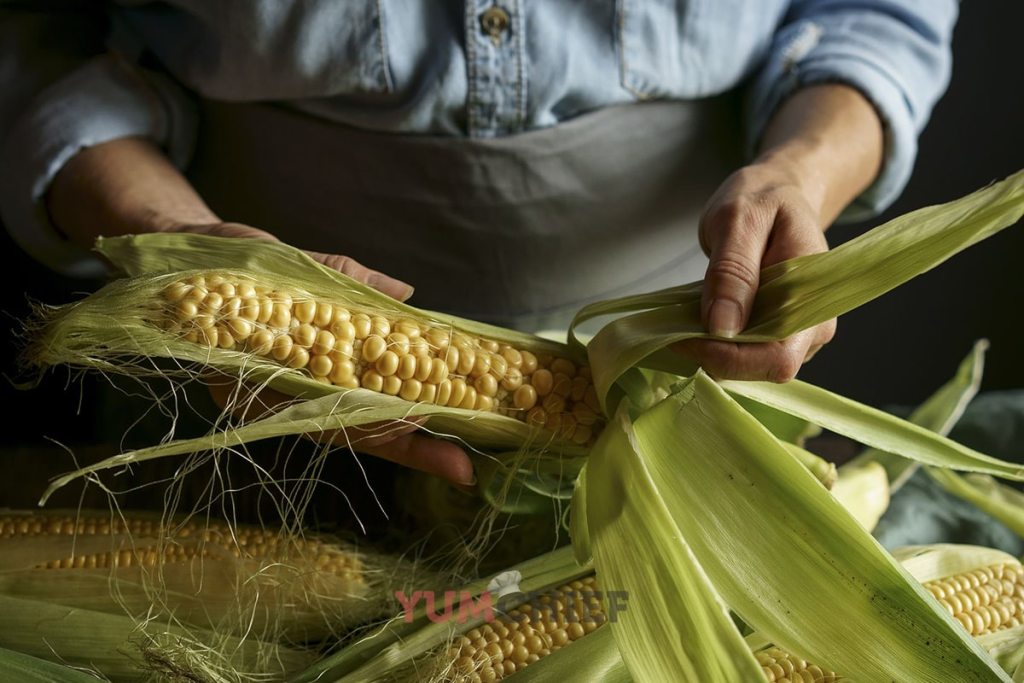
Based on experiments conducted by Ocampo, the ideal ratio between the weight of soaking water and corn cobs is 25:1. The maximum potassium concentration is reached at 4-5 weeks, and after that, it begins to decrease.
According to his calculations, the extract from 20 tons of corn cobs contains approximately 200 kg of potassium. At the same time, a hectare of cornfield requires about 60 kg of potassium per year.
Ocampo plans to experiment in different harvest seasons to determine the amount of residual potassium in each crop.
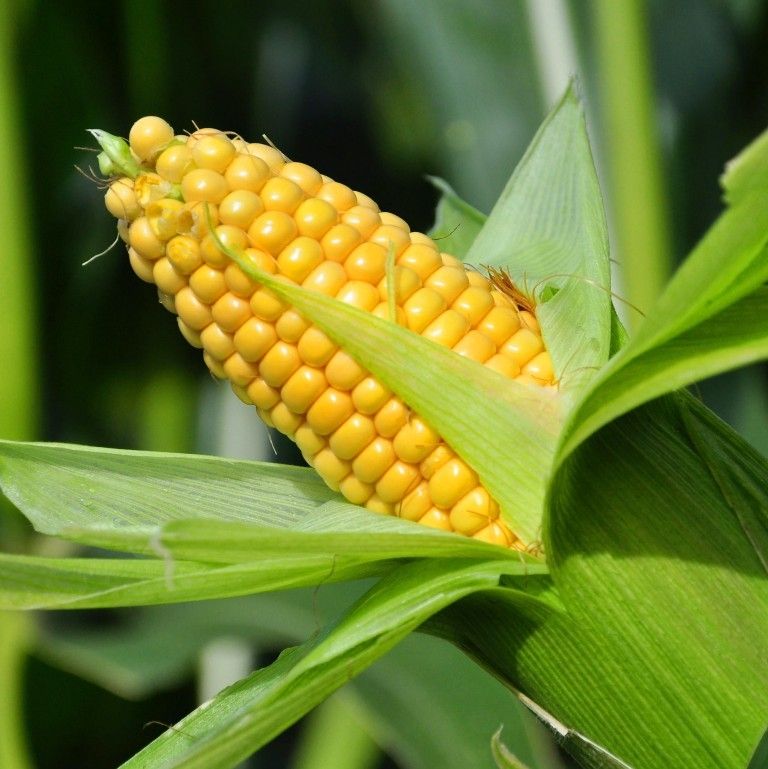
The scientist is also currently working on selecting the optimal dilution and treatment regime for the fields with a solution of potassium obtained from the cobs. At the same time, he tries to find a middle ground between the effectiveness of the method and financial costs.
In most cases, the use of corn husks and cobs fertilizer can increase yields by 5-10 c/ha.
Composting corn husks and cobs is a sustainable process for turning trashy kitchen scraps into garden-rich nutrients for your plants. You can also use other discarded parts of the corn plant in your compost pile, such as stalks, leaves, and even corn silks.
Corn Plant Residues
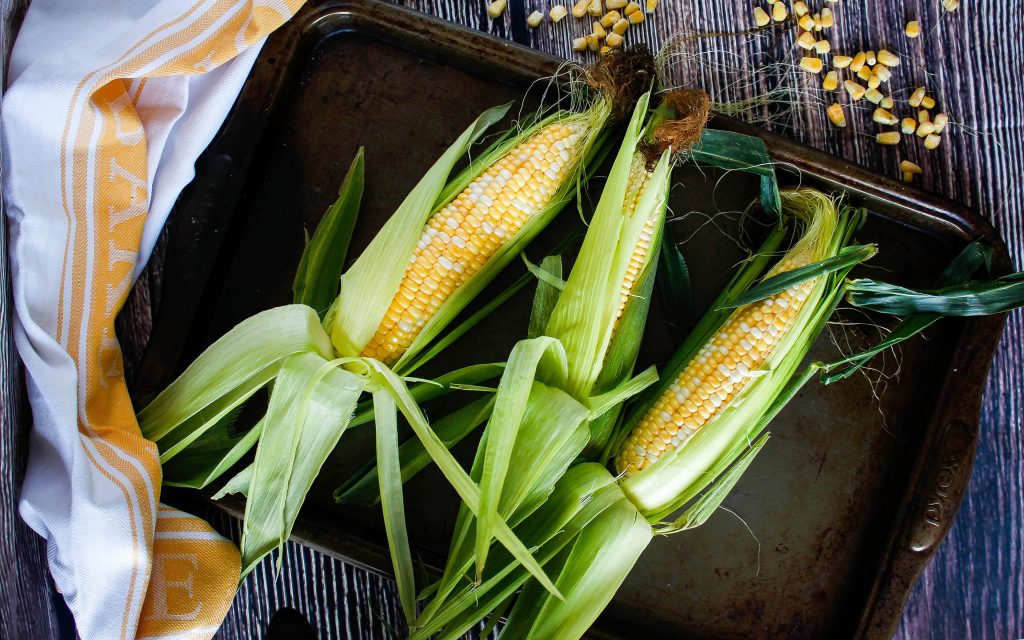
After harvesting corn, a large amount of plant residues remain like corn husks and cobs. There is no point in throwing them away. An experienced gardener knows that they only throw away from their plot what they don’t think of finding a use for.
Corn husks and cobs are the ingredients of an excellent mulch; they can be used instead of hay or straw, as they can support soil microflora. In addition, insect pests do not like them. The easiest way to make mulch from corn husks and cobs is to use a garden shredder.
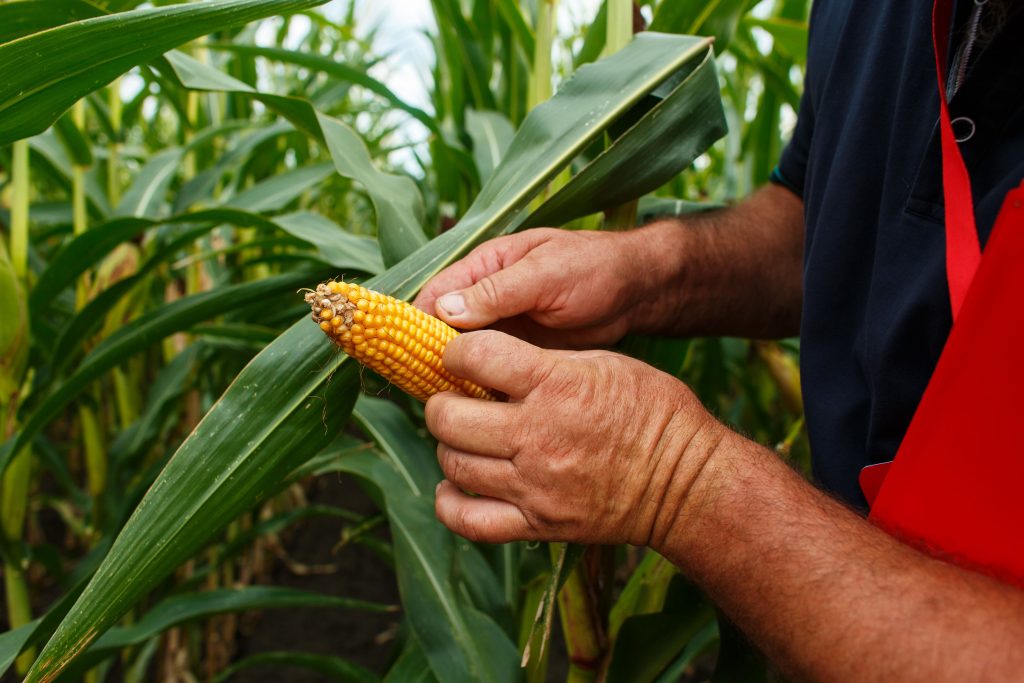
A large selection of shredders is offered in any specialty store. By mulching the beds in early spring, you can save invaluable moisture, provide food for beneficial insects, and ensure rapid germination and development of plantings.
The Benefits of Corn Residues
Many gardeners do not plant corn on their property, rightly believing that it depletes the soil. Indeed: for a season, the plant extracts many useful substances from the soil. At the same time, this giant accumulates them within itself, and they can be used to benefit your site.
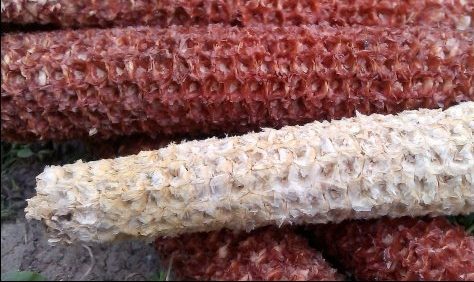
Corn husks and cobs contain a rich array of flavonoids such as querticin and rutin. They have antimicrobial and antibacterial effects.
Where to Use Corn Husks and Cobs
Such material, rich in useful substances, will serve as an excellent fertilizer. Corn tops can be left in the beds as mulch in the fall. This will either insulate the roots of wintering plants or help prepare the soil for early planting.
The ground under several layers of corn stalks will not freeze. Corn tops can be placed in a trench for a bed for planting early vegetables. In this case, it will be processed much faster. Many gardeners plant corn on compost heaps; its roots penetrate deeply and do not require additional watering; they prevent nutrients from going wastelessly into the soil.
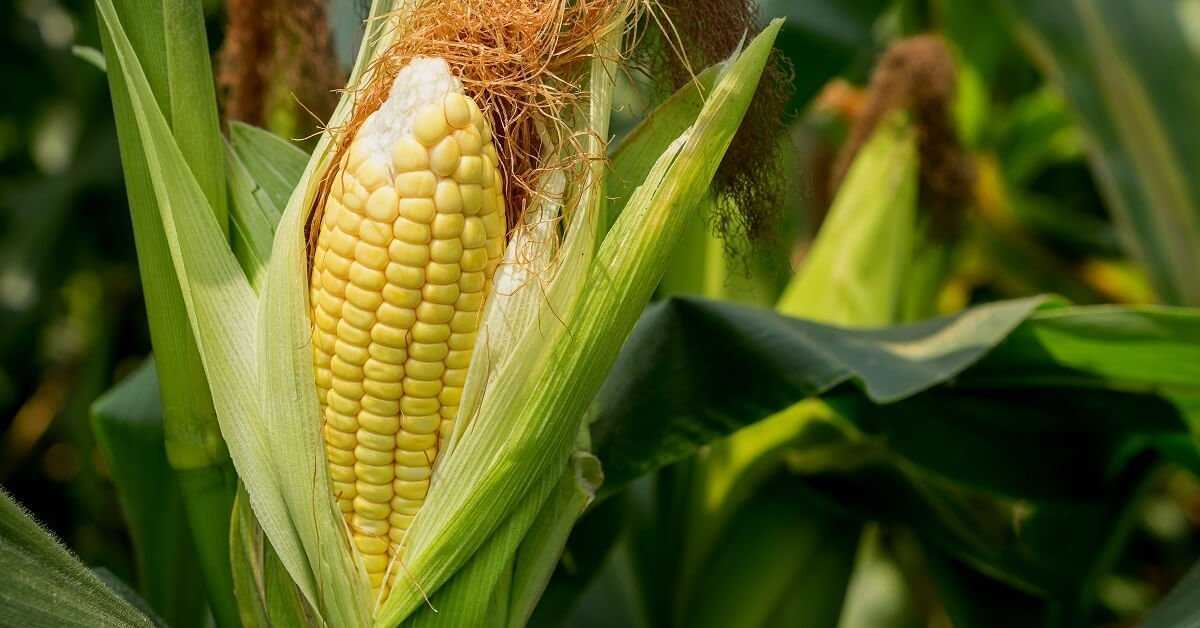
Sometimes corn husks are also thrown into the trash. It can also be thrown into the compost pile. You can also throw corn cobs there. They take longer to decompose than corn husks but provide air pockets in the compost pile that speed up the decomposition process. Therefore, the compost is prepared for use faster. Corn stalks make excellent food for livestock.
Corn husks and cobs infected with diseases or pests can be burned and the resulting ash can be used as fertilizer. The rules of “natural” farming recommend leaving the roots of the plant in the ground.
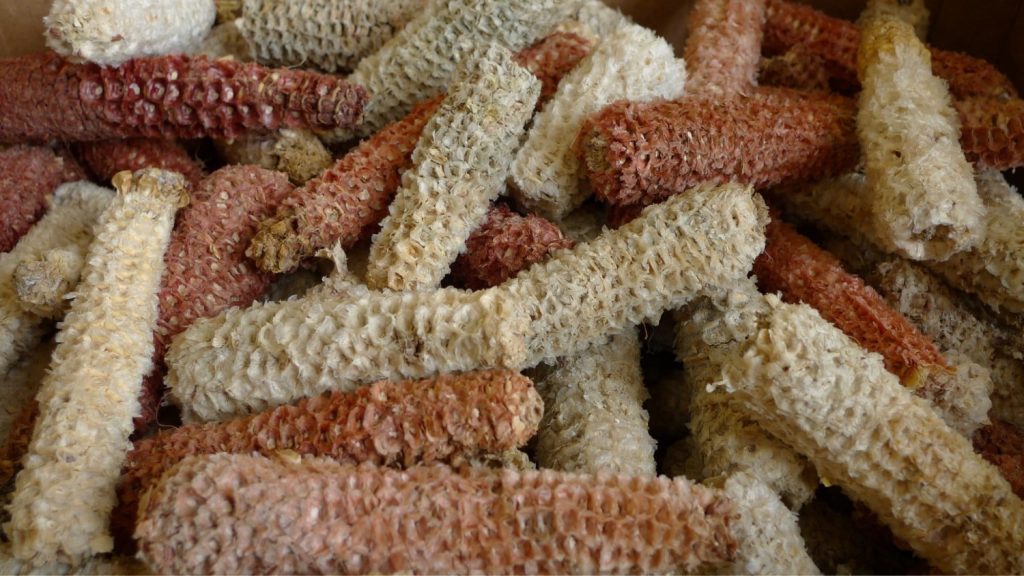
By spring, they will rot and serve as food for earthworms and other beneficial organisms, whose vital activity increases the fertility of the earth. By treating corn as your friend, you will not only enjoy delicious corn on the cob but also gain assistance when growing other types of plants.
Corn Husk and Cobs Composting: A Quick Guide
The corn husks form the outer layer that protects the developing corn—are discarded when you peel them to expose the corn kernels. Instead of throwing them in the trash, just toss them in your compost pile.
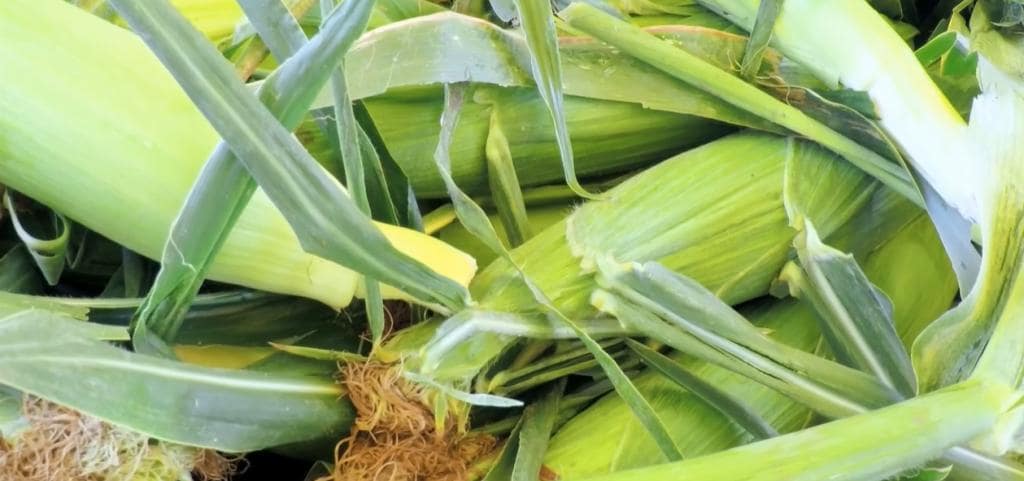
To compost corn husks, you can use green husks, which are removed before eating fresh corn, or brown corn husks, which are left intact around the corn cobs for use in harvesting seeds or feeding livestock.
Open or Closed
For composting corn husks and cobs, as well as other parts of the corn plant and other organic matter, you can use an open compost pile or build a frame to keep the contents enclosed. Your frame can be made from chicken wire, concrete blocks, or wooden pallets, but be sure to leave the bottom open to allow the compost to drain well.

Ratio Recipe
Maintain a 4:1 ratio of “brown” to “green” ingredients to prevent your compost pile from becoming soggy, which can cause an unpleasant odor.
For example, when composting corn husks and cobs, the “greener” the ingredients, the more moisture they contribute. “Brown corn husks” means the dried parts of the plant, and “green” means the still wet and freshly cut or rubbed parts.
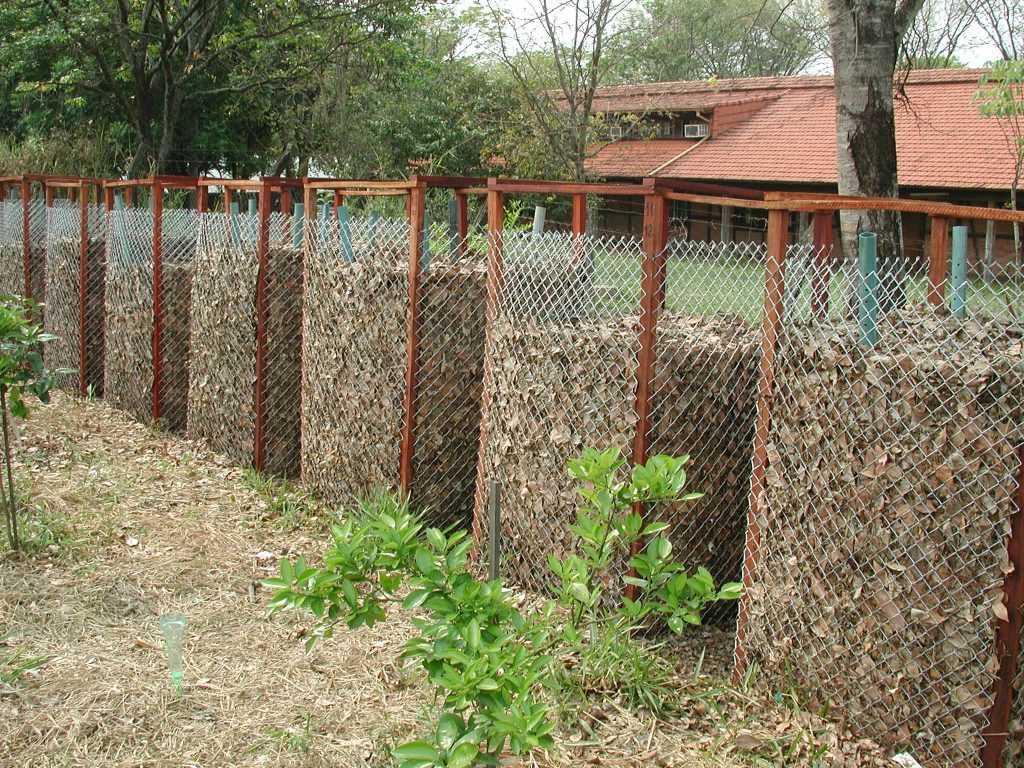
The humidity of your compost pile should ideally be 40 percent—as damp as a lightly dampened sponge.
Size of pieces
Simply put, the more pieces there are, the longer it takes for them to decompose into compost. When you compost corn cobs, they will decompose faster if you cut them into smaller pieces.
To compost corn husks, you can chop them into smaller pieces by mowing them, or leave them whole.
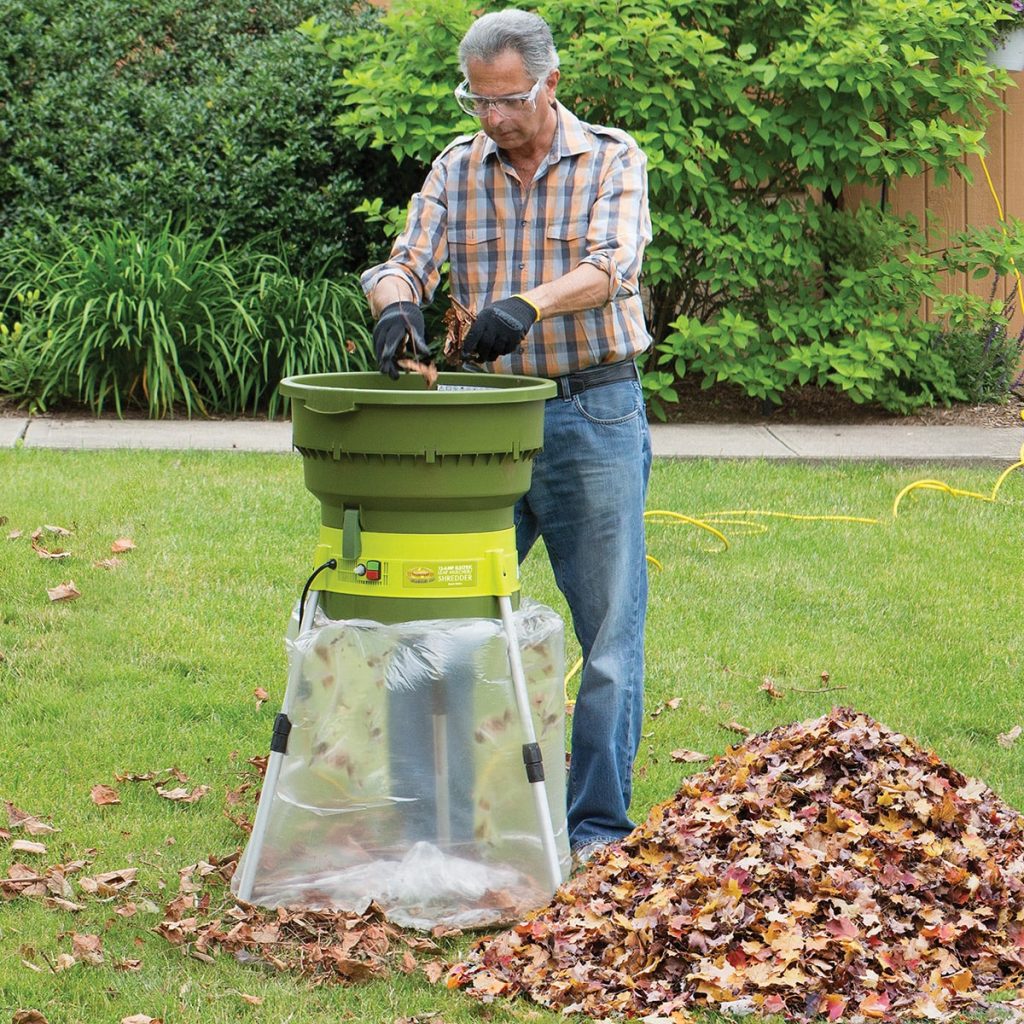
Rotating the pile
Rotating the compost pile moves the air inside it and speeds up decomposition. Use a shovel or shovel to lift and turn the compost for at least a month.
When Is the Compost Ready for Application?
The finished compost is dark brown and crumbly, without an unpleasant odor. There shouldn’t be any recognizable pieces of organic matter. Because composting corn cobs takes longer than composting other parts of the corn plant like corn husks, you may still see some cob chunks left behind after other organic matter has been sufficiently broken down.

You can remove these cobs, use the finished compost, and toss the cobs back into the compost pile.
The waste generated from corn processing is by no means limited to corn extract and monosodium glutamate.
Other Uses Of Corn Residues
The corn husks and cobs also find useful uses. During chemical processing, alcohol or furfural is obtained from them – a chemical product with antiseptic properties and used in the production of varnishes and paints.

To produce furfural, the rods are crushed and treated in a two percent sulfuric acid solution. Steam is released into the apparatus, which carries away the formed furfural. After cooling, furfural is condensed and bottled.
This process is based on the chemical transformation of pentosans, substances similar in composition to starch. Upon deep hydrolysis, pentosans produce a special sugar – xylose, from which, through further chemical processing, trihydroxyglutaric acid can also be obtained, which is a valuable substitute for citric acid.
In the case of dry distillation of cob cores, many other chemical products can be obtained from them – acetic and formic acids, methyl alcohol, etc.
BONUS: Application Of Corn Stalks And Leaves

Corn stalks and leaves contain fiber, and from this seemingly useless plant waste, paper, rayon, and other products can be produced. The list of various technical and chemical products obtained from corn and its processing waste could be continued.
But in conclusion, we will limit ourselves to one reference: scientists have calculated that with complete and complex processing of the corn plant, more than two hundred different products can be obtained from it!


